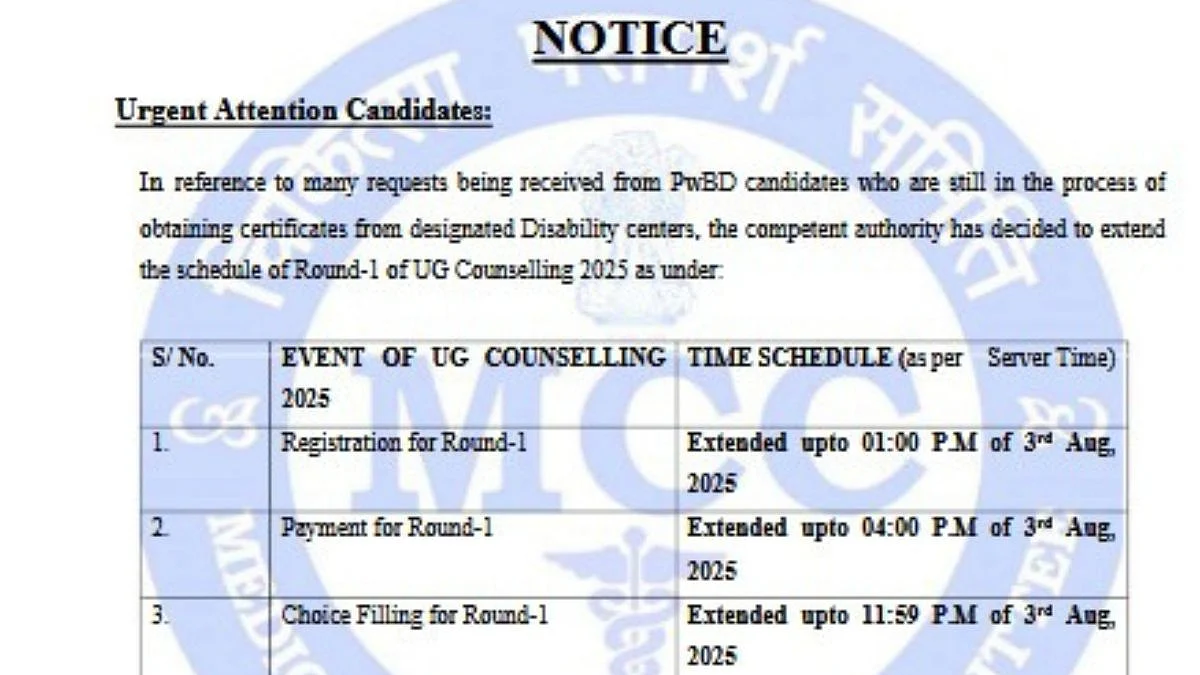The monsoon situation is always of interest for the country because it has a bearing on almost 50% of the agricultural crop output that is produced. With almost 60-70% of the crops being rain-dependent, the monsoon becomes critical when evaluating prospects. It affects potential output, rural income, prices, industry prospects as well as policy. How will this play out?
The immediate sign of climate change observed in the last few years has been the pattern of the monsoons. What used to begin in the first week of June has now become prolonged towards the end of June, and often even to early July. Once the monsoon arrives it normally could take 20-40 days for the entire country to be covered. The pattern has changed and the monsoon arrives 3-4 weeks later and also withdraws in October-November rather than September. This is something farmers have to accept and must make adjustments for, accordingly.
It becomes critical because sowing decisions are taken based on the arrival of the monsoon as this is the critical time for availability of water for the crop. A delayed monsoon with uncertainty on its progress means that farmers can switch to crops which have lesser requirement of water or have a shorter flowering season. This has been observed in the past as farmers switch from soybean to cotton, or from tur to an oilseed like groundnut to ensure that they have their crop going. This becomes important because almost every crop is grown once a year and the income received during harvest has to be used through the entire year (in the absence of any alternative income stream) until the next crop is harvested. Therefore to manage liquidity and often debt as well, crop shifting becomes a good option. This is why the timing is relevant because any switching of crop also means a different income stream as cost of cultivation differs across products.
Now the entire optimism on the Indian economy doing well this year with growth of 6.5% projected by the RBI and other forecasts being in therange of 6-6.5% is premised on agriculture doing well this year. It is important for two reasons. The first is that a good harvest is necessary to ensure that supplies are in order which act as feedstock for industries like edible oils, textile, packaged food, hospitality etc. The other is that thekharif harvest will determine the state of the farmers’ income. Rural demand emanates mainly from this segment which has a share of 40% or so in rural GDP going by market sources. Hence this will be a major determinant of demand in the post-harvest festival season when spending peaks.
Therefore, the final kharif outcome will have a bearing on GDP growth prospects on both the demand and supply sides. Under normal monsoonconditions agriculture could be expected to grow by around 3.5% this year which has been the case in the past. However, any shortfall in rainfall can push this back to the region of 2-3% which in turn will have a negative impact on GDP growth. While it is hard to know the share of rural demand in total for consumer goods, it has been observed that lower income does set back aggregate demand considerably as stated by companies in this space. Demand was impacted due to inflation in the last three years and hence it is imperative for the crops prospects to be good.
The vulnerable regions are the interiors which come in the rain shadow areas, largely in the Deccan Plateau area. These include regions in thestates of Maharashtra, Tamil Nadu, Karnataka, Telangana and Andhra Pradesh. It must be remembered that these states have access to irrigation from rivers like Godavari and Krishna which are however rain-fed and not snow-fed like the Ganga. The crops which become susceptible to swings would be tur, moong, urad, soybean, cotton, groundnut and millets. Further, the cyclone in Gujarat and Rajasthan had thepotential to impact prospects of crops like spices and groundnut, which is still being assessed. Therefore, there is need to be mindful of thesituation here.
From the policy standpoint kharif harvest becomes important because inflation has been a major consideration for monetary policy. While theinflation number has come to less than 5% in the last two months and will probably remain in this range till September, a sub-normal monsooncan upset these projections. Price pressures have already been felt in the pulses basket, with inflation showing a rising trend. This means that any sharp swings in output can derail food inflation which can start increasing again. This is why the RBI has flagged the issue of food inflation resulting from possible shortfall in monsoon due to El Niño as being the biggest threat to price stability.
A question often posed is whether or not the government can do anything to mitigate these ill effects. The answer is that if there are supply issues, then imports need to be reckoned with alacrity before prices start moving up. This would mean closely tracking the vulnerable regions as far as rains are concerned and the accompanying crops sown to take a call in time. The government has brought in stock limits for pulses, but this may only create red tape. All crops which are grown once a year have to be held by wholesalers and retailers for the entire period until thenext crop arrives, and hence putting curbs only impedes trade.
The next few months will be crucial and the monsoon progress will be watched closely by the government, as it will drive not just the entire growth process but also the inflation trajectory — both of which are critical this year.
The author is Chief Economist, Bank of Baroda and author of ‘Corporate Quirks: The Darker Side of the Sun’. Views are personal













